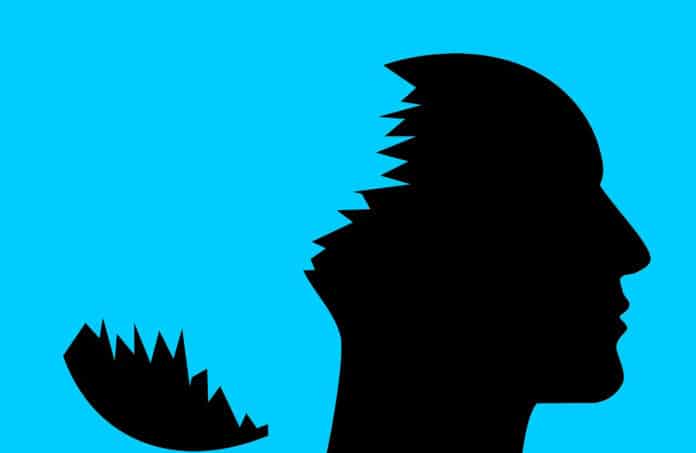Depression is a devastating neurobiological disorder shaped by environmental stressors with profound societal impact. Some mainly have symptoms of elevated negative emotions like guilt and anxiety; some have a loss of ability to experience pleasure (called anhedonia), and others a mix of the two.
Several theories about what causes depression, but one of the most widely accepted explanations cites abnormal brain chemistry.
In a new study by the University of Cambridge, scientists have suggests that sgACC is a crucial region in depression and anxiety.
Increased activity in sgACC – a vital aspect of the emotional brain could underlie increased negative emotion, reduced pleasure, and a higher risk of heart disease in depressed and anxious people.
The study was conducted on marmosets, a type of non-human primate. Marmoset’s brain shares significant similarities with humans, and it is possible to manipulate brain regions to understand causal effects.
Using marmosets, scientists infused tiny concentrations of an excitatory drug into sgACC to over-activate it. They found that sgACC over-activity increases heart rate elevates cortisol levels, and exaggerates animals’ responsiveness to threat, mirroring the stress-related symptoms of depression and anxiety.
Dr. Laith Alexander, one of the study’s first authors from the University of Cambridge’s Department of Physiology, Development, and Neuroscience, said, “We found that over-activity in sgACC promotes the body’s ‘fight-or-flight’ rather than ‘rest-and-digest’ response, by activating the cardiovascular system and elevating threat responses. This builds on our earlier work showing that over-activity also reduces anticipation and motivation for rewards, mirroring the loss of ability to experience pleasure seen in depression.”
“This builds on our earlier work showing that over-activity also reduces anticipation and motivation for rewards, mirroring the loss of ability to experience pleasure seen in depression.”
To investigate threat and anxiety processing, the analysts trained marmosets to associate a tone with a rubber snake’s presence, an imminent threat that marmosets find innately stressful. When marmosets learned this, the scientists’ extinguished’ the association by introducing the tone without the snake. They needed to quantify how rapidly the marmosets could dampen down and ‘regulate’ their fear response.
Alexander said, “By over-activating sgACC, marmosets stayed fearful for longer as measured by both their behavior and blood pressure, showing that in stressful situations, their emotion regulation was disrupted.”
“Similarly, when the marmosets were confronted with a more uncertain threat in the form of an unfamiliar human, they appeared more anxious following the over-activation of sgACC.”
Dr. Christian Wood, one of the lead authors of the study and senior postdoctoral scientist in Cambridge’s Department of Physiology, Development, and Neuroscience, said, “The marmosets were much more wary of an unfamiliar person following over-activation of this key brain region – keeping their distance and displaying vigilance behaviors.”
Using brain-imaging, scientists explored brain regions affected by sgACC over-activity during threat. They found that sgACC increased activity within the amygdala and hypothalamus. Amygdala and Hypothalamus are vital parts of the brain’s stress network. By contrast, it reduced activity in parts of the lateral prefrontal cortex – a region important in regulating emotional responses and shown to be underactive in depression.
Professor Angela Roberts, in the University of Cambridge’s Department of Physiology, Development, and Neuroscience, who led the study, said, “The brain regions we identified as being affected during threat processing differed from those we’ve previously shown are affected during reward processing.”
“This is key because the distinct brain networks might explain the differential sensitivity of threat-related and reward-related symptoms to treatment.”
“Our research shows that the sgACC may sit at the head and the heart of the matter when it comes to symptoms and treatment of depression and anxiety.”
Journal Reference:
- Alexander, L. et al., ‘Over-activation of primate subgenual cingulate cortex enhances the cardiovascular, behavioral, and neural responses to threat.’ Nature Communications, October 2020. DOI: 10.1038/s41467-020-19167-0
